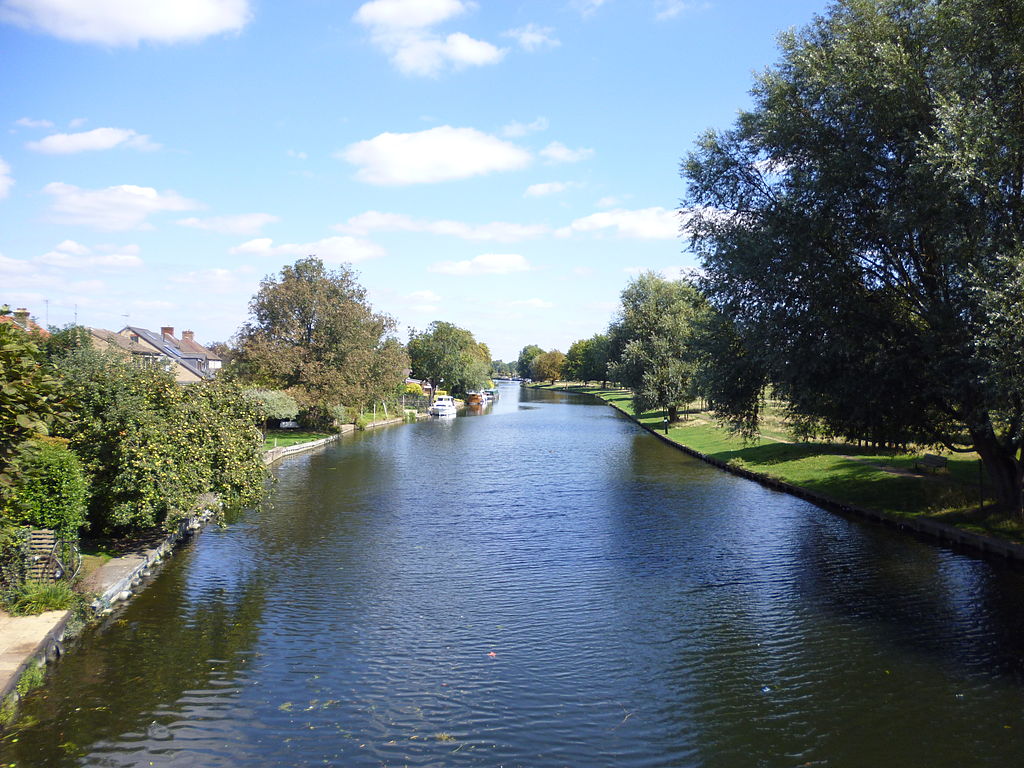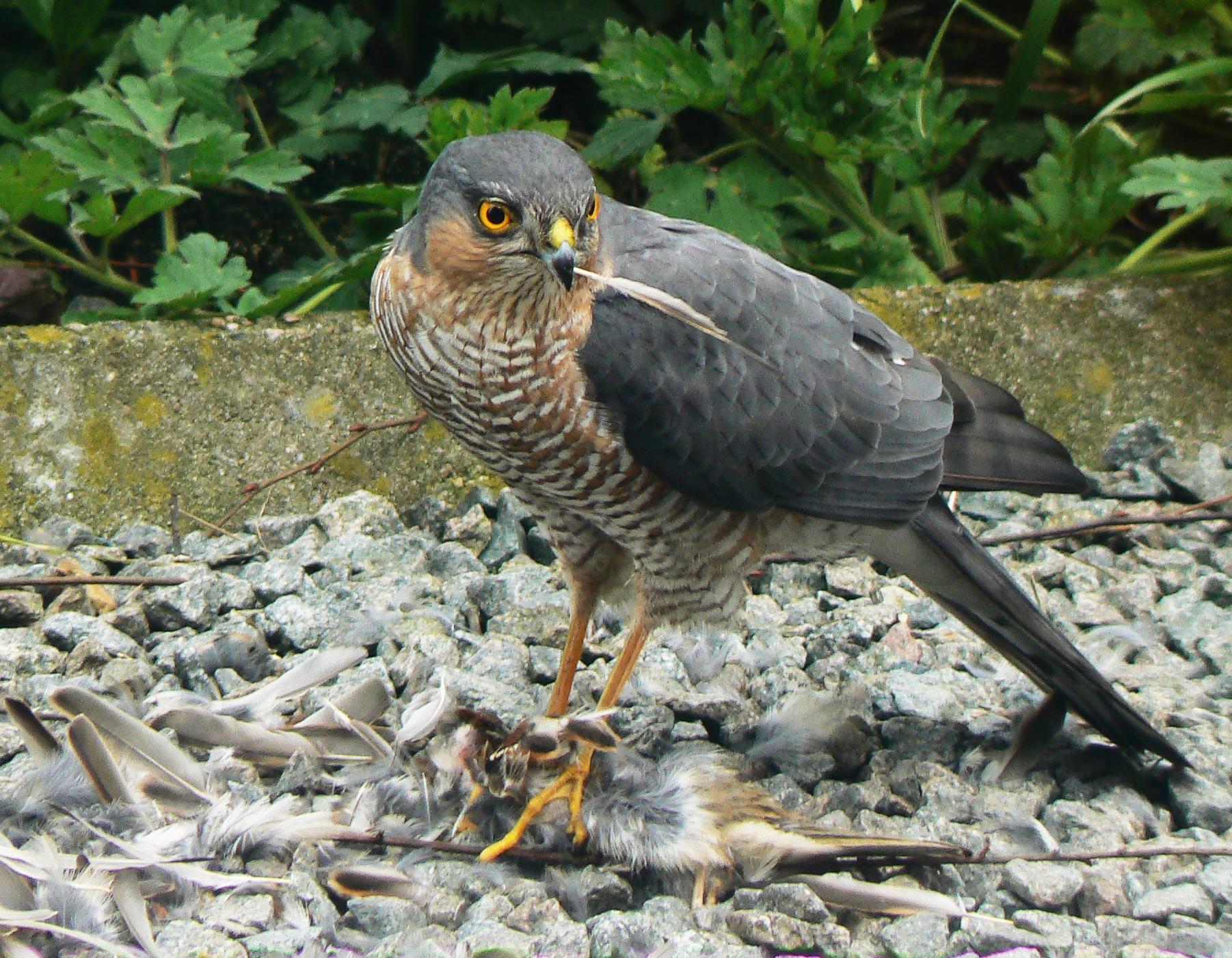
When Koch's first book appeared in 2009 (the second edition came in 2013), launching his theory Tartessian was a Celtic language, I was enthusiastic. However, by the time he published his second book (2011) I had reached to the conclusion his interpretations were contrived as well as inconsistent.
A major difficulty regarding the Tartessian corpus is the semisyllabic SW script (where vowels are redundantly noted) hasn't yet been fully deciphered and thus the exact value of some signs is still unknown or problematic. For example, Koch assigns the sign H (Phoenician het, Greek epsilon) to the Proto-Celtic voicess bilabial fricative [ɸ] (almost universally lost in historical Celtic languages) coming from IE *p, as in e.g. Hatªaneatᵉe. However, the correspondence between Tartessian Haitᵘura1 and Iberian baiduŕa2, the later seemingly related to baides 'witness', in turn derived from IE *weid- 'to see; to know (as a fact)' (cfr. Celtiberian ueizos), points to the the value /w/ (Greek digamma).
If this is correct and the word is native to Tartessian, it would indicate it's an IE language although certainly a non-Celtic one. A good possibility would be the Paleo-European (after Krahe's Alteuropäische) substrate identified by the Spanish Indo-Europeanist Francisco Villar in the ancient Iberian toponymy, where we find the lexeme *akʷā 'river'3 (see here) used as a suffix (e.g. Turaqua).
Regardless of the actual filiation of Tartessian, it's clear it had contacts with other languages spoken in Western Iberia, namely Gallaecian (Celtic) and Lusitanian (non-Celtic). For example, the segment lokºobºo /lugu-bo/ closely mimicks Gallaecian LVGUBO /Lugubo/, LVCOVBV(S) /Lucoubo/, a dative plural theonym presumably referring to the gods Lug.
____________________________________
1 Translated by Koch as 'Lady of Baeturia'. See J.T. Koch (2011): The South-Western (SW) Inscriptions and the Tartessos of Archaeology of History, in Tarteso, El emporio del metal.
2 The signs for rothics /r/ and /ŕ/ are reversed in the SW (Tartessian) and Southern Iberian scripts with regard to the Levantine one, upon which the usual transcriptions are based.
3 Not 'water' (cfr. Latin aqua) as commonly thought.
3 Not 'water' (cfr. Latin aqua) as commonly thought.







